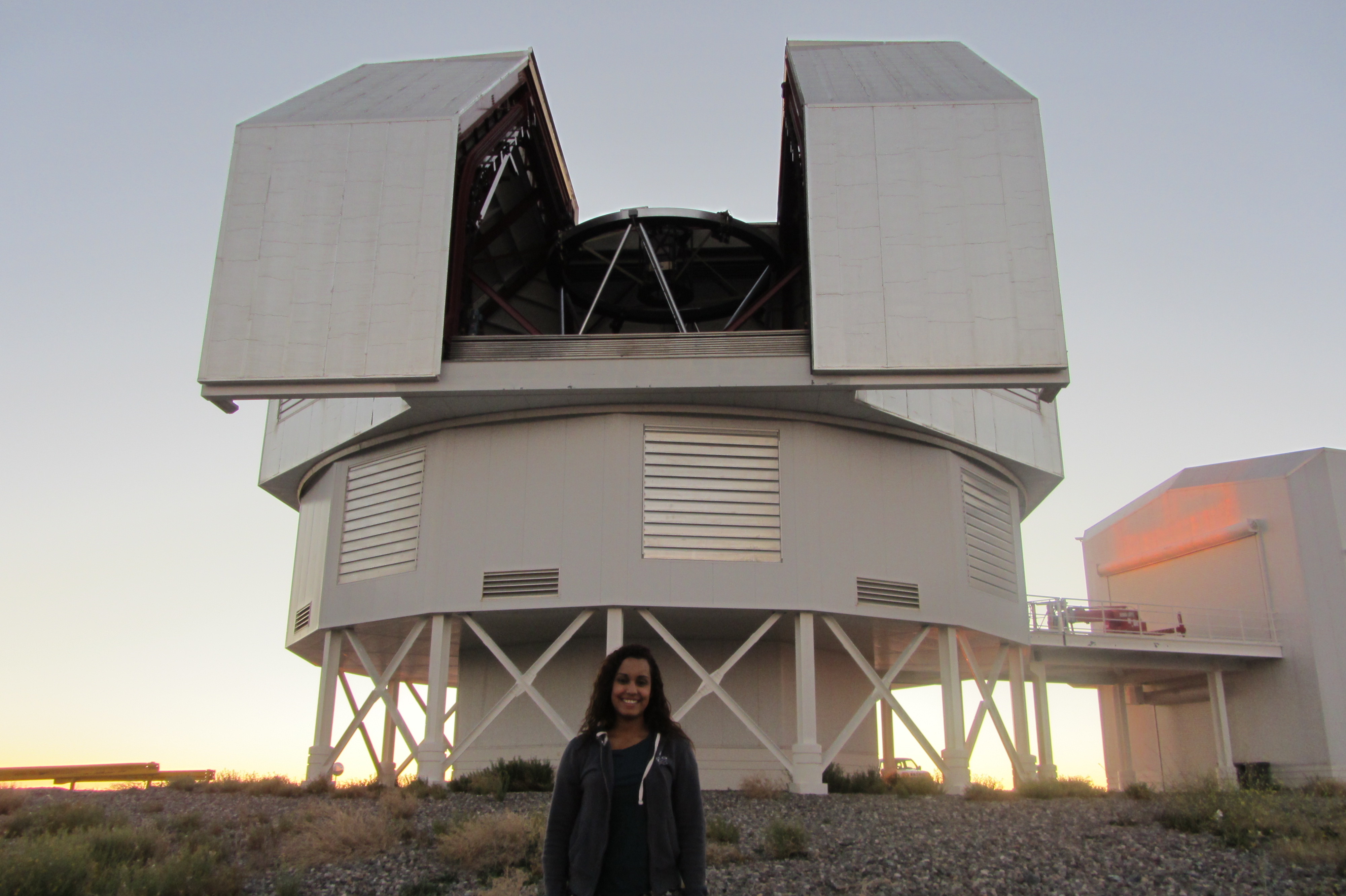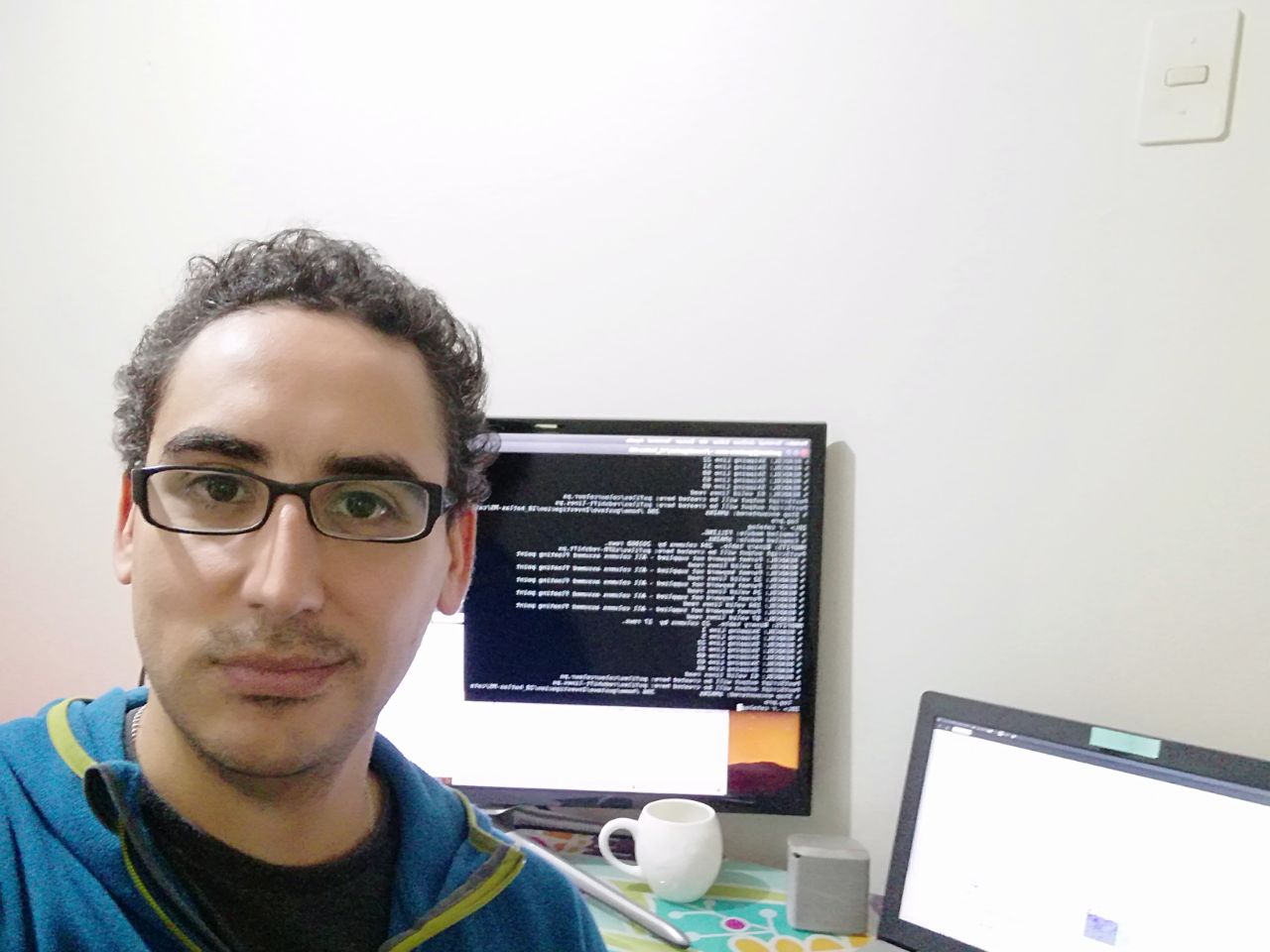
PhD: Universidad de Concepción, Chile (2016)
Area de Investigación: Formación y evolución de galaxias, enfocado en la relación entre
parámetros fundamentales que caracterizan a una galaxia con los procesos de emisión
en el rango infrarrojo, sub-milimétrico y radio.
Publicaciones:
Teléfono: (+56 32) 299 8307
correo electrónico: This email address is being protected from spambots. You need JavaScript enabled to view it.
Sobre mi investigación:Mi principal interés se encuentra en comprender en profundidad la relación entre el proceso de formación estelar con los distintos parámetros internos que caracterizan a las galaxias, y cómo estas relaciones son afectadas por los efectos del ambiente en el que se encuentran, a lo largo del tiempo cósmico.
Mis estudios se encuentran enfocados en el uso de grandes surveys, con la finalidad de obtener relaciones de escala estadísticamente fuertes, precisas y eficientes.
PhD: Instituto de Radioastronomía y Astrofísica (IRyA), Universidad Nacional Autónoma de México (UNAM), campus Morelia.
Research Area: Estudio evolutivo y caracterización de discos protoplanetarios alrededor de estrellas de baja masa en la región de formación estelar de Orión
Publications: ADS
Telephone:
email: This email address is being protected from spambots. You need JavaScript enabled to view it.
About my research: Mis proyectos de investigación principales están relacionados con el estudio evolutivo y caracterización de discos protoplanetarios alrededor de estrellas de baja masa en la región de formación estelar de Orión usando datos observacionales en el óptico y el infrarrojo al igual que modelos teóricos de discos irradiados.
Actualmente estoy trabajando en un estudio espectroscópico en el cúmulo de sigma Ori con el fin de estudiar la fotoevaporación externa de los discos debido a radiación UV de las estrellas masivas en su centro.
También estoy interesada en el estudio de discos alrededor de estrellas Herbig Ae/Be y estrellas de masa intermedia.
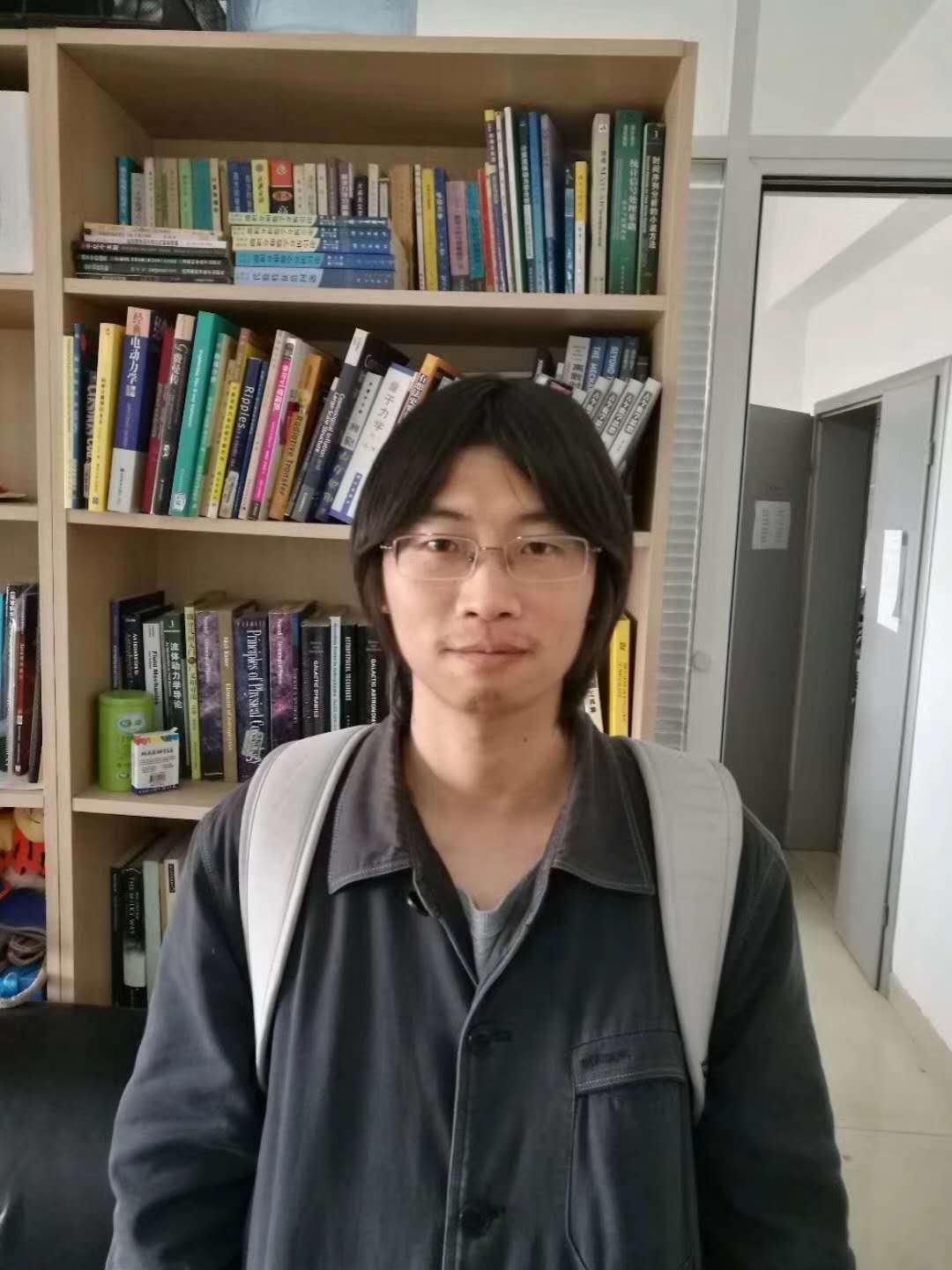
PhD: Instituto de física de alta energía (2013)
Área de investigación: población de las galaxias débiles locales; eficiencia de formación estelar
Publicaciones:
Teléfono: (+56) 998095294
correop electrónico: cheng.cheng en uv.cl
Pagina Web:
Sobre mi investigación: Mis principales intereses radican en el proceso de formación de estrellas en las galaxias de bajo desplazamiento al rojo,
incluyendo cómo el gas se convierte en las estrellas, cómo funciona la fase de gas metalicidad regular la formación de estrellas y cuál es la relación
entre el polvo y el gas en una galaxia. Al analizar los datos de SDSS, GAMA, Magellan, Herschel, APEX, ALMA, podemos tener una mejor
comprensión del mecanismo de gobierno del modo de formación estelar en el bajo Redshift galaxies.
PhD: Universidad de Granada, España (2015)
Area de Investigación: Agujeros negros, acreción, núcleos activos de galaxias
Publicaciones: ADS
Teléfono:
correo electrónico: This email address is being protected from spambots. You need JavaScript enabled to view it.
Sobre mi investigación: Mi trabajo está centrado en el estudio multifrecuencia de núcleos activos de galaxias, con especial interés en la variabilidad de éstos. Utilizar datos a diferentes longitudes de onda nos permite conectar diferentes regiones de emisión y estudiar su física, así como el disco de acreción, la corona, las regiones de líneas anchas y estrechas, el toro y los jets, mientras que la variabilidad nos permite estudiar los mecanismos de emisión y la geometría y tamaños de los núcleos. Trabajo principalmente con datos en rayos X de los telescopios espaciales XMM-Newton, Swift, y Chandra, con datos ópticos e infrarrojos tomados con telescopios en Chile, así como con datos en radio tomados de VLA, VLBA, GMRT o Effelsberg.
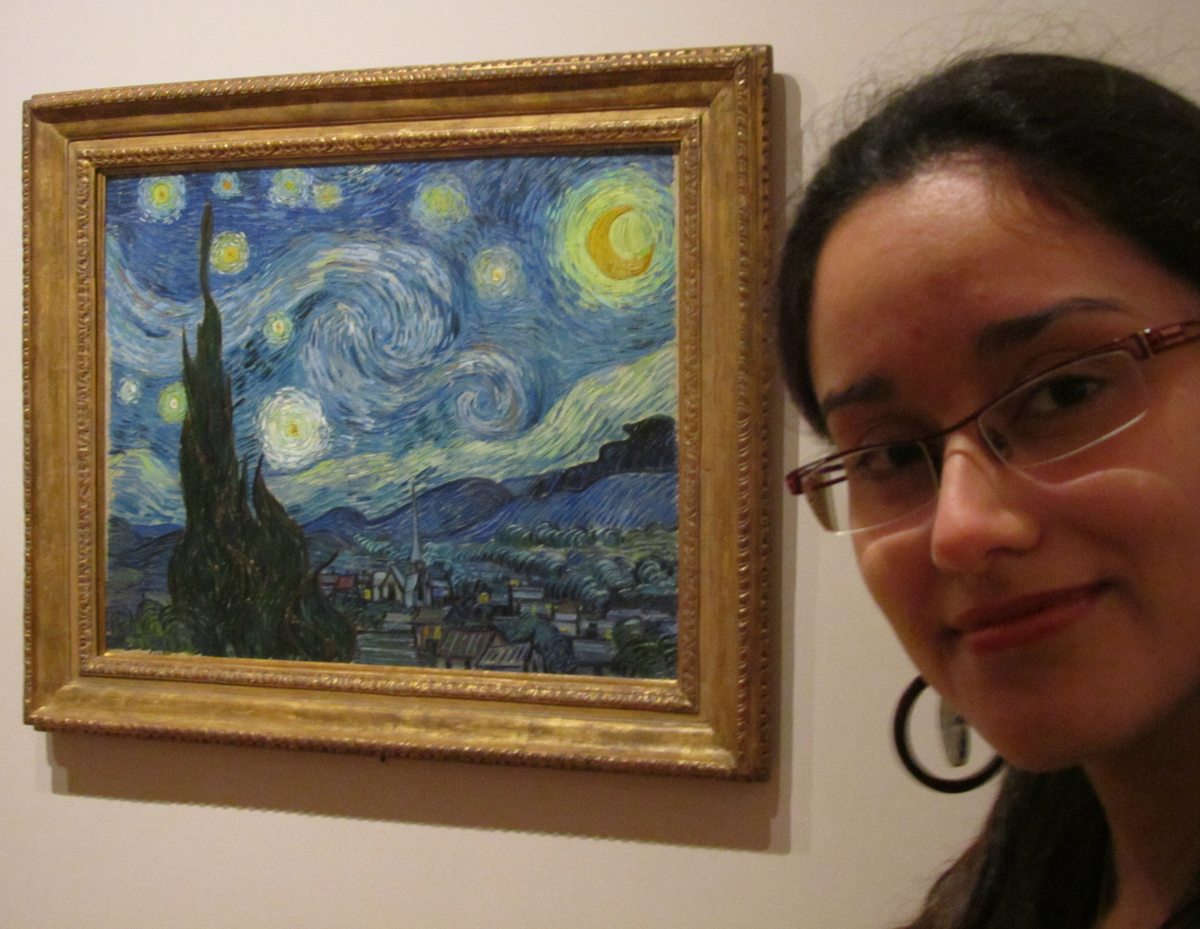
PhD: Pontificia Universidad Católica de Chile (2015)
Research Area: high-redshift Universe, galaxy formation models, submillimeter galaxies, Lyman alpha emitters
Publications: ADS
Telephone: (+56 32) 299 8307
email: alejandra.munozar at uv.cl
About my Research: I aim to improve our understanding about galaxy formation and evolution processes. To achieve this, I explore different wavelength regimes in galaxy spectra, using galaxy formation models and observations. Using a statistical approach, I am currently probing the far infrared to millimeter radiation in galaxies, making predictions for the observed abundance of submillimeter galaxies as well as several galaxy properties. In this spirit, I am also interested in studying the Lyman alpha emission of galaxies at high redshift.

PhD: Universidad de Concepción, Chile (2010), Université Paris Sud-XI, France (2012)
Research Area: Galaxy evolution and star formation across cosmic time.
Publications: ADS (refereed)
Telephone:
email: rleiton at gmail.com
About my research: I am mainly interested in the mechanisms of how stars are formed in galaxies at different epochs of the Universe. Some galaxies transform gas into stars on a very long time scale (the so called "main-sequence" galaxies), while other may show shorter episodes of star formation ("starburst" galaxies). I use observations from different instruments (including ALMA, VLT and Magellan) to study the physical mechanisms behind the main sequence/starburst scenario. I am also interested in the study of supernova remnants, the protection of dark skies in astronomical sites by reducing light pollution, and the popularization of astronomy and science in general.

PhD: University of Vigo, Spain (2015)
Research Area: Planetary Nebulae, Central Stars of Planetary Nebulae, Hot Subdwarf stars, Binarity
Publications: ADS (refereed)
Telephone:
email: This email address is being protected from spambots. You need JavaScript enabled to view it.
About my research: My main research topics are planetary nebulae and their central stars. In particular, those planetary nebulae with hot subdwarf stars in their nuclei. These objects, although scarce, are important to study the origin and evolutionary stage of hot subdwarf stars. I am also interested in the analysis and spectral classification of central stars. Just a small percentage of them have available spectroscopic information, which is needed to study their evolution and to obtain information about their progenitor stars. Finally, I also investigate the role of binarity in central stars of planetary nebulae, which is key to understand the complex morphologies present in planetary nebulae.
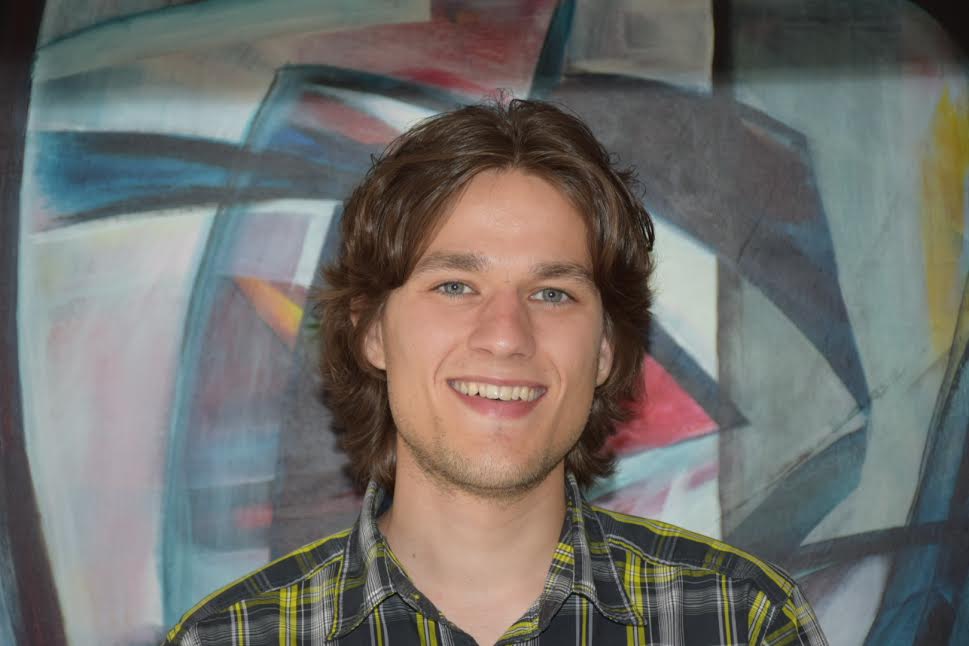
PhD: University of Leuven, BE (2015)
Research Area: Hot subdwarfs, Binary interaction physics, Binary evolution..
Publications: ADS (full) - ADS (refereed)
Telephone: (+56 32) 299 5557
email: joris.vos at uv.cl
About my research: My main research topics are hot subdwarf binaries and the binary interaction processes that form them. These hot subdwarfs are core helium burning stars that have lost their envelope due to a common envelope phase, or due to stable mass transfer during Roche-lobe overflow. My focus is on these latter systems which end up on orbits with periods of several years. I am using spectral observations with a long time base to solved the orbital, as well as the stellar parameters. Using the stellar and binary evolution code MESA, extended with new binary interaction processes, I aim to test current binary interaction theory against the observed systems.
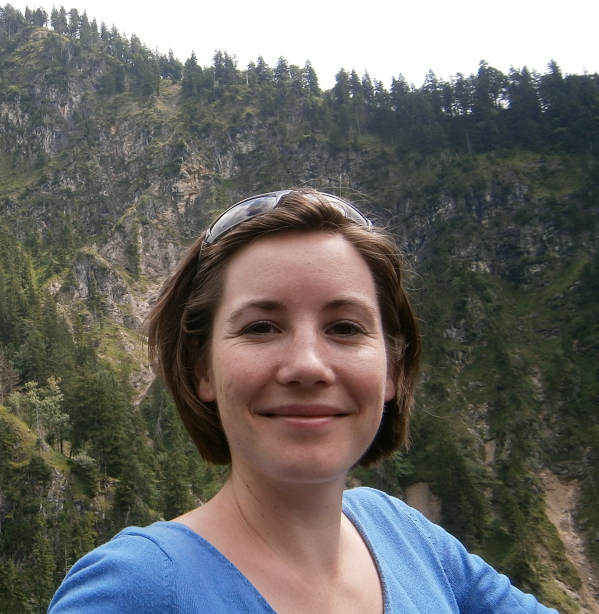
PhD: University of Warwick, United Kingdom (2015)
Area de Investigación: Enanas blancas, binarias eclipsantes, binarias cercanas, cariables cataclísmicas, variaciones en tiempos de eclipses, progenitoras de SNe tipo Ia.
Publicaciones: ADS (refereed)
Teléfono: (+56 32) 250 8457
correo electrónico: madelon.bours at uv.cl
Sobre mi investigación: Mi investigación se enfoca en binarias cercanas que contienen al menos una enana blanca y periodos orbitales de unas pocas horas. Para determinar parámetros binarios y estelares precisos he realizado estudios de alta-precisión de binarias dobles de enanas blancas, usando fotometría de alta velocidad, espectroscopía de fase-resoluciçon y espectroscopia Hubble del extremo-UV. Además de eso estoy monitoreando binarias de enanas blancas eclipsantes para registrar desviaciones que se alejan de la regularidad en los tiempos de eclipses de enanaas blancas. Estas podrian deberse a la presencia de planetas alrededor de esas binarias eclipsantes, aunque con cada nueva observación este escenario parece ser menos probable. Para comprender lo que verdaderamente causa el comportamiento observado, estoy intentando aprender lo mas que se pueda acerca de las enanas blancas y sus compañeras estelares de secuencia principal de baja masa, como tambien el comportamiento que tienen entre si en configuraciones de binarias cercanas.
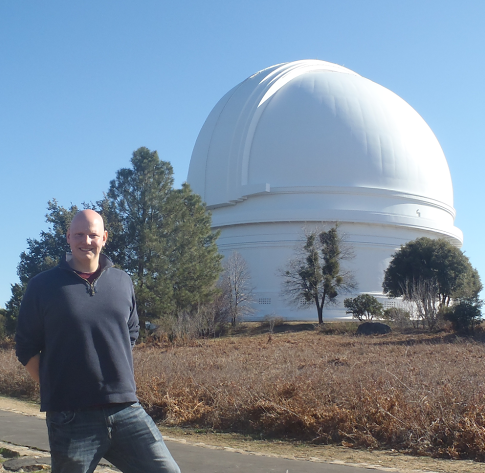
PhD: University of Cardiff, UK (2011)
Research Area: Galaxy formation and evolution, including processes regulating star formation and chemical evolution, the impact of the environment, and the growth of the red sequence.
Publications: ADS (full) - ADS (refereed)
Telephone: (+56 32) 299 5557
email: thomas.hughes at uv.cl
Webpage: http://www.txhughes.com/
About my research: My main research interest lies in disentangling the processes that transforms the baryonic matter in the early Universe into the complex systems of stars, gas, dust and metals that comprise the galaxies we observe today. I use observations from across the electromagnetic spectrum, including both spectroscopy and photometry, to trace these key matter components and characterise star formation, chemical evolution and other physical processes in nearby galaxies. By studying these processes in local galaxies inhabiting different environments, from dense clusters to sparse regions, I aim to better understand what governs their evolution.
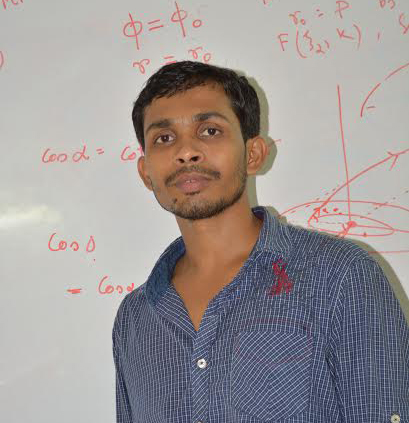
Ph.D.: Indian Centre for Space Physics, University of Calcutta, India
Research Area: Black hole physics, X-rays, Hydrodynamics, Radiative transfer, Cooling, Viscosity and Observational data analysis
Publications: ADS
Telephone:
email: santanuicsp at gmail.com
About my Research: My present work is based on the accretion flow dynamics around black holes in presence of Comptonization and Mass loss. For that purpose I have coupled both the radiative transfer and hydrodynamic codes. I also analyze the observational data of RXTE and NuSTAR satellites to study different physical mechanisms in accretion disk of galactic black hole candidates (GBHCs). My work focuses on the spectral and temporal properties of transient sources as well as the evolution of quasi periodic oscillations (QPOs) from the theoretical point of view.
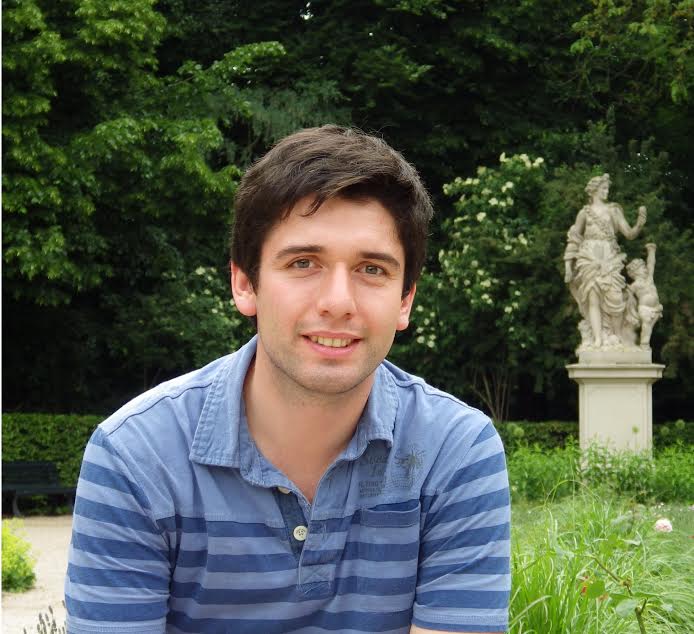
PhD: Pontificia Universidad Catolica de Santiago,Chile (2015)
Research Area: Low mass stars, brown dwarfs, large astronomical datasets.
Publications: ADS (refereed)
Telephone:
email: jcbeamin at gmail.com
About my research: My main research projects are related to the search and characterization of very low mass stars and brown dwarfs in the solar neighborhood. Using the observations from the VISTA-VVV survey and WISE mission I have characterized a sample of sources including spectral typing, radial velocities and parallax measurements. I am also interested in study of very low mass binary stars.
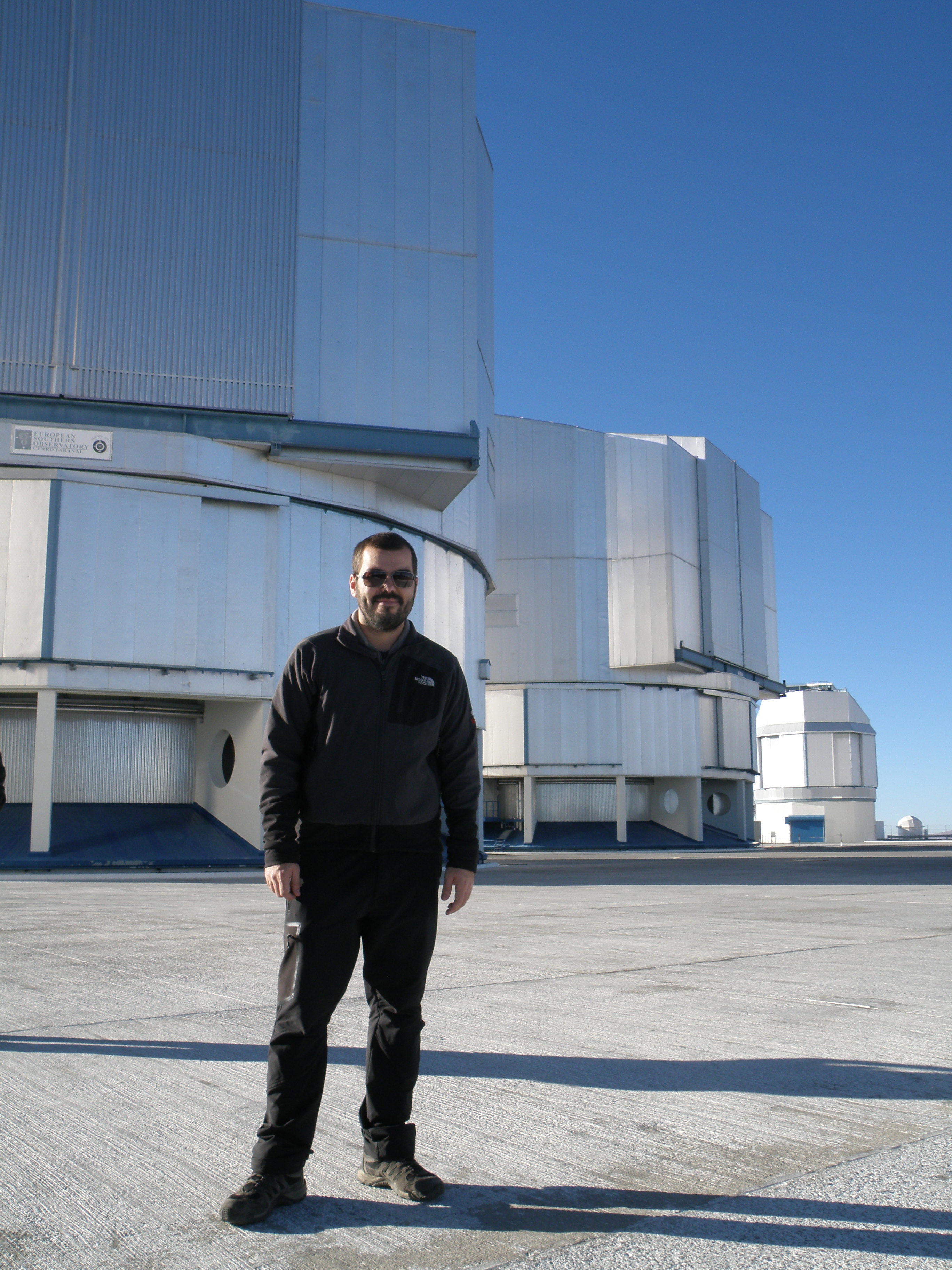
PhD: Universidad de La Laguna / Instituto de Astrofísica de Canarias (Islas Canarias)
Research Area: Stellar Clusters, Milky Way, dwarf galaxies
Publications: ADS (refereed)
Telephone: (+56 32) 250 8457
email: julio.carballo at dfa.uv.cl
About my research: My main area of research is focused on the detection and characterization of Galactic halo substructures, relics of its hierarchical formation (as suggested by Lambda-Cold Dark Matter simulations). I am interested in the study of Galactic stellar clusters to unveil the overall structure of the Milky Way and its origin.

PhD: Rijksuniversiteit Groningen, the Netherlands
Research Area: Massive stars in the Galaxy and galaxies, stellar winds, colliding winds, dust formation, winds-ISM interactions.
Publications: ADS
Telephone: (+56 32) 250 8457
email: This email address is being protected from spambots. You need JavaScript enabled to view it. - This email address is being protected from spambots. You need JavaScript enabled to view it.
About my research: Massive stars live fast and powerful lives and die young with a bang, leaving lots of marks to their host galaxies. My research focuses on the observation of mass and energy lost during different evolutionary stages of massive stars. Of particular interest is the interactions of these exerted matter and energy in multiple stellar systems, in clusters and in galaxies, either with other stellar winds or with the interstellar matter. One result of the interactions of stellar winds of massive stars is dust formation as observed around some massive stars in our Galaxy and in other galaxies. The puzzle I am trying to unravel is how dust can form in the violent environs of stellar winds of massive stars.


PhD: Pontificia Universidad Católica de Chile (2011)
Research Area: Evolution of Close Compact Binaries, Common Envelope Phase, Cataclysmic Variables, SNe Ia progenitors, Planets Around Evolved Binaries
Publications: ADS
Telephone: (+56 32) 299 5556
email: mzorotovic at dfa.uv.cl
Webpage: https://sites.google.com/site/mzorotovic/
About my research: My work is focused on the simulation of close compact binary stars, and the comparison of these with observational data. The aim is to achieve a better understanding of the common envelope phase, a phase that most of these stars undergo, which is a clue for understanding the evolution of some of the most interesting objects in the universe, such as type Ia supernovae, cataclysmic variables, or close double white dwarfs, to name a few. In addition, the recently suggested possibility of planets around evolved close compact binaries has raised the interest in knowing how they might have formed.

PhD: Universidad de La Laguna, Tenerife, España.
Research Area: stellar formation, stellar clusters, Milky Way galaxy, infrared astronomy, massive stars.
Publications: ADS(full) - ADS (refereed)
Telephone: (+56 32) 299 5555
email: sebastian.ramirez at uv.cl
About my research: I am a postdoctoral researcher in the group of "Star Clusters" led by Jura Borissova and Radostin Kurtev and the Millennium Institute of Astrophysics (MAS), mainly focused on the characterization of new massive clusters in the Milky Way. The discovery and characterization of these objects is done with near-infrared data, such as 2MASS and VVV catalogs for photometry, and observations with SOFI, FLAMINGOS-2 or OSIRIS for spectroscopy. With the massive cluster census we expect to map the structure of the Milky Way, to estimate the rate of star formation and to understand mechanisms of massive star formation in our Galaxy, among other objectives
Teaching: Stellar astronomy FIS320, 2nd semester 2013
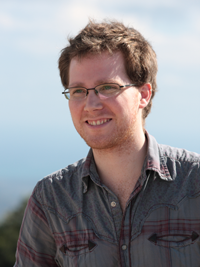
PhD: Universidad de Warwick, UK.(2012)
Research Area: White dwarfs, low-mass stars, compact binaries, eclipsing binaries.
Publications: ADS
Telephone: (+56 32) 299 5557
email: steven.parsons at uv.cl
About my research: I study binary star systems containing at least one white dwarf component. My main focus is high-precision studies of eclipsing systems, combining both high-speed photometry and high-resolution spectroscopy to determine ultra-precise fundamental parameters for both stars in the binary. The eclipsing systems also allow us to search for planets in orbit around the binary by timing the eclipses and observing any long-term trends in the eclipse arrival times. I also utilise large surveys, such as the Sloan Digital Sky Survey and the Catalina Real-time Transient Survey in order to discover new eclipsing systems. I am also searching for close binaries containing white dwarfs with more massive FGK-type main-sequence companions, since these are possible supernova Ia progenitors

PhD: Doctorado en Ciencias (Astronomía), Instituto de Astronomía-UNAM, México
Research Area: Cosmology, Dark matter, Dark energy, Scalar field Cosmology, Numerical Simulations..
Publications: ADS
Telephone: (+56 32) 299 5557
email: juan.magana at uv.cl
About my research: My research is focused on Cosmology, mainly, alternative models of dark matter and dark energy. I investigate a cosmological model which the dark matter is a scalar field or a Bose-Einstein condensate, lately I have focused in the numerical simulations of scalar dark halos. In addition, I study dynamical dark energy models and put constraints on their parameters using several cosmological data
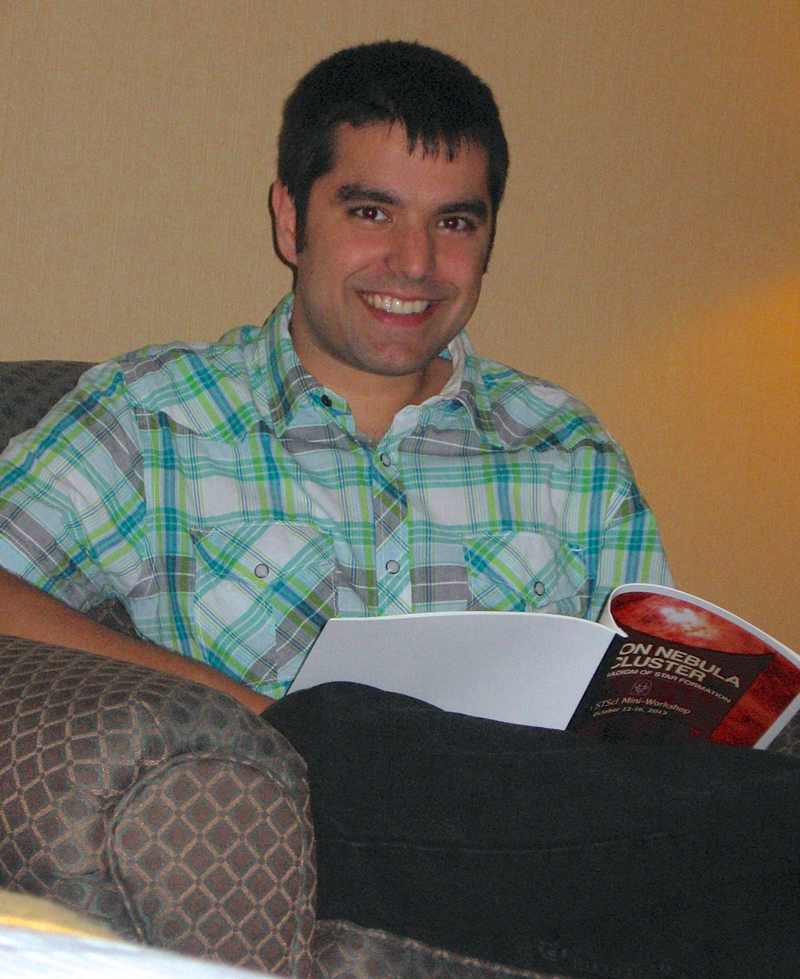
PhD: The Pennsylvania State University, Pennsylvania, USA (2014)
Research Area: Star Formation, Star Clusters, Galactic Astronomy, X-ray Astronomy, IR Astronomy, Astrostatistics, Statistical Modelling
Telephone: (+56 32) 250 8457
email: michael.kuhn at uv.cl
Webpage: http://ifa.uv.cl/~mkuhn/
About my research: My work focuses on the formation of stars and young stellar clusters. Most stars are born in clusters along with hundreds to thousands of other stars--for example it is likely that the Sun was born in such an environment. I use observations across the spectrum of light, including infrared and X-ray, to study the young stellar clusters in our Galaxy and make a census of their newborn stars. There are a number of open questions about how stars form, motivated by different theoretical models of for stellar cluster formation. By studying the populations of young stars, we can constrain models for how star-formation progresses (e.g. Do clusters form suddenly or gradually?) and the fate of young embedded clusters (e.g. Which environments produce bound open clusters?) in star-forming regions. I am interested in the use of spatial statistics to learn about subclustering, dynamical relaxation, cluster expansion, and mass segregation, and non-coeval star-formation history in star-forming regions.

PhD: Nicolaus Copernicus Astronomical Center, Warsaw, Polonia (Septiembre de 2010)
Research Area: infrared astronomy, very low mass stars, brown dwarfs, cool atmospheres, stellar formation, stellar clusters, Milky Way, binaries
Publications: ADS
Telephone: (+56 32) 299 5557
email: mairusz.gromadzki at uv.cl
About my research: My main research projects are connected to the search and characterisation of very low mass stars and brown dwarfs in the solar neighborhood. Nearby objects generally have larger proper motions than more distant ones and I am searching for such high proper motion targets towards Galactic bulge and Galactic disk based on the VISTA-VVV survey. I am also involved in near-IR spectroscopic and photometric follow up of new Y dwarfs candidates detected only in WISE W2 band.
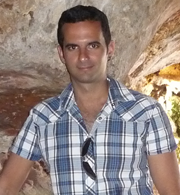
PhD: Universidad de Utrecht, Holanda (2011)
Research Area: protoplanetary disks, transition disks, planet formation, high-contrast imaging, imaging polarimetry.
Publications: ADS
Telephone: (+56 32) 299 5551
email: hector.canovas at uv.cl
About my research: My main research area focus on the study of protoplanetary disks, and in particular, transition disks. As an observer astronomer, I use high contrast imaging techniques to directly image the faint protoplanetary disks at optical wavelengths, near infrared and millimeter wavelengths (ALMA). I’m also interested in studying the fraction of close binaries in transition disks

PhD: Pontificia Universidad Catolica de Santiago,Chile (2012)
Research Area: Protoplanetary discs evolution, planet formation, exoplanetary transits, atmospheres of exoplanets, planets around Post Common Envelope Binaries (PCEBs).
Publications: ADS (refereed)
Telephone: (+56 32) 250 8457
email: ccaceres at dfa.uv.cl - claudio.caceres at uv.cl
About my research: My immediate work is aimed at understanding the protoplanetary disk evolution, mainly the transition between the primordial disks (CTTS) to the more evolved disks (WTTS or Debris), passing through the Transition Disk (TD) phase. To carry out this task I take advantage of large spectral range spectroscopy (mainly XSHOOTER), (sub)-mm observations (including APEX and ALMA), as well as other sources of information. I’m also interested in the exoplanetary transits field, where I look for new planets either in new or know transiting systems, and I also work to understand some physical and atmospheric properties of known transiting systems. Finally I have started collaborating with the Binary group in the Institute, where I perform observations of the eclipses of Post Common Envelope Binaries (PCEBs) to understand the origin and nature of the variations observed in these systems
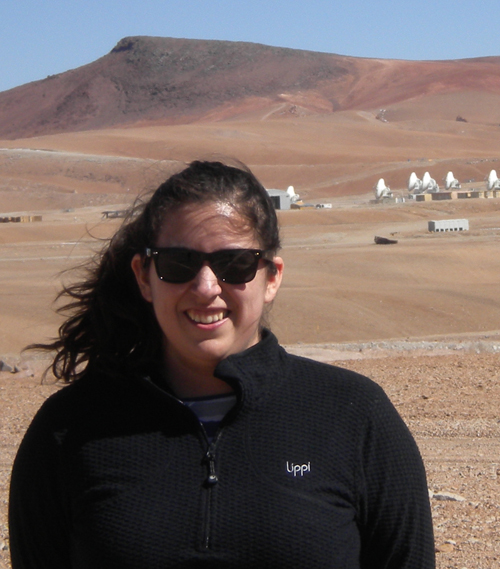
PhD: Pontificia Universidad Católica de Chile, Santiago (2012)
Research Area: formación estelar, cúmulos estelares, Vía Láctea, Astronomía infrarroja, Estrellas variables, estrellas masivas.
Publications: ADS
email: pending
About my research: My research is focused on resolved stellar populations in the Milky Way and Local Group. I am a postdoctoral research in the group of stellar clusters led by Jura Borissova. Currently I am focused on the characterization of a particular star forming region in the Milky Way, studying its young stellar population, to try to understand the triggering of star formation in the region. To study these objects I use mainly the VVV infrared photometric catalog. I am also interested in globular clusters and their variable star population, particularly RR Lyrae stars. I am part of the Millenium Institute of Astrophysics (MAS)
| Name | Period | Subsequent Institute |
| Aller, Alba | 2015-2018 | |
| Beamin, Juan Carlos | 2018-2021 | |
| Mondal, Santanu | 2015-2018 | |
| Magaña, Juan | 2015-2018 | |
| Vos, Joris | 2015-2018 | |
| Muñoz Arancibia, Alejandra | 2015-2018 | |
| Cheng, Cheng | 2017-2019 | |
| Cánovas, Héctor | (2013-2015) | Universidad Autónoma de Madrid, España |
| Amigo, Pia | (2011-2014) | |
| Bours, Madelon | ||
| Cáceres, Claudio | ||
| Carballo, Julio | ||
| Chené, André-Nicolas | (2010-2012) | |
| Clark, James | (2011-2012) | |
| Fierro, Celia | (2012-2013) | |
| Föex, Gael | (2011-2013) | |
| Gromadzki, Mariusz | ||
| Muñoz, Roberto | (2007-2010) | |
| Olofsson, Johan | ||
| Parsons, Steven | ||
| Ramírez, Sebastián | ||
| Romain, Thomas | ||
| Romero, Gisela (Fallecida Enero 2014) | (2010-2012) | |
| Rebassa, Alberto | (2012-2014) | |
| Sale, Stuart | (2011-2012) | |
| Vega, Luis | (2009-2011) | Fac. de Mat., Fís. y Astronomía, UNC, Argentina |
| Verdugo, Tomás | (2010-2011) | Fundac. Centro de Inv. de Astronomía, “Francisco J. Duarte”, Cida, Venezuela |
Postdocs and Researchers of the Instituto de Física y Astronomía
|
Matías Montesinos |
Miguel Angel Martin |
Clement Perrot |
|||||



